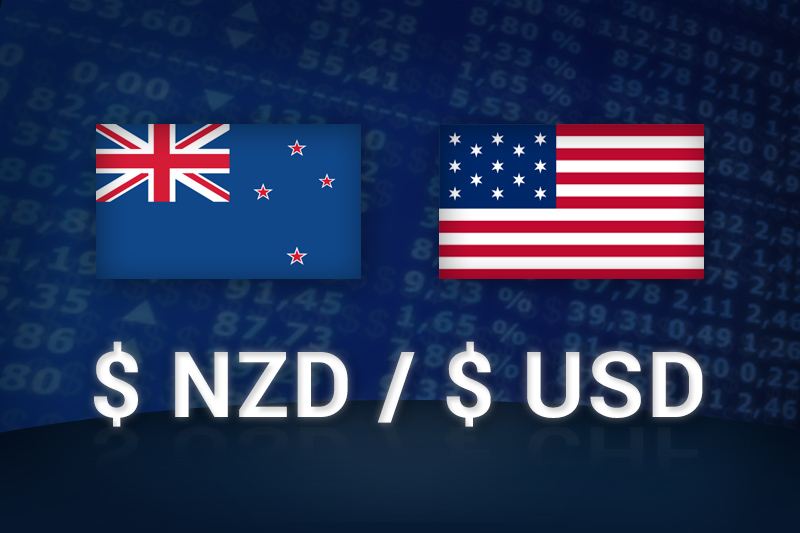Investing.com - The Kiwi jumped against the greenback during Thursday’s Asian session following the release of solid New Zealand Purchasing Managers Index data.
In Asian trading Thursday, NZD/USD climbed 0.27% to 0.8476. The pair was likely to find support at 0.8370, the low of February 6 and has now broken through resistance at 0.8461, the high of February 6.
The Kiwi is now hovering near its highest levels against the U.S. dollar since September 2011.
Earlier today, a report released by Business New Zealand and the Bank of New Zealand said the country’s PMI for January climbed to 55.2 from a revised 50.4 in December. Readings above 50 signal expansion.
Manufacturers in New Zealand’s construction sector are busy, the data indicate, which jibes with a solid home sales report released on Wednesday.
In another report, ANZ Bank New Zealand Ltd. and Roy Morgan Research said New Zealand’s consumer confidence reading for February rose 121, the best reading since June 2010.
The data points come with some negativity for those banking on Kiwi weakness because the strong New Zealand economy is seen as giving the Reserve Bank there room to raise interest rates. An interest rate increase would likely boost the value of the Kiwi, something the country’s manufacturers and exporters do not want to see.
The manufacturing employment index fell to 48.4, a drop from December, and that gauge has slumped for eight consecutive months due in large part to the strong Kiwi.
Elsewhere, AUD/NZD slid 0.28% to 1.2220. The Kiwi is now trading at its strongest levels against the Aussie dollar since mid-2010.
NZD/JPY climbed 0.35% to 79.26 while EUR/NZD dropped 0.36% to 1.5861. GBP/NZD lost 0.39% to 1.8318.
In Asian trading Thursday, NZD/USD climbed 0.27% to 0.8476. The pair was likely to find support at 0.8370, the low of February 6 and has now broken through resistance at 0.8461, the high of February 6.
The Kiwi is now hovering near its highest levels against the U.S. dollar since September 2011.
Earlier today, a report released by Business New Zealand and the Bank of New Zealand said the country’s PMI for January climbed to 55.2 from a revised 50.4 in December. Readings above 50 signal expansion.
Manufacturers in New Zealand’s construction sector are busy, the data indicate, which jibes with a solid home sales report released on Wednesday.
In another report, ANZ Bank New Zealand Ltd. and Roy Morgan Research said New Zealand’s consumer confidence reading for February rose 121, the best reading since June 2010.
The data points come with some negativity for those banking on Kiwi weakness because the strong New Zealand economy is seen as giving the Reserve Bank there room to raise interest rates. An interest rate increase would likely boost the value of the Kiwi, something the country’s manufacturers and exporters do not want to see.
The manufacturing employment index fell to 48.4, a drop from December, and that gauge has slumped for eight consecutive months due in large part to the strong Kiwi.
Elsewhere, AUD/NZD slid 0.28% to 1.2220. The Kiwi is now trading at its strongest levels against the Aussie dollar since mid-2010.
NZD/JPY climbed 0.35% to 79.26 while EUR/NZD dropped 0.36% to 1.5861. GBP/NZD lost 0.39% to 1.8318.
